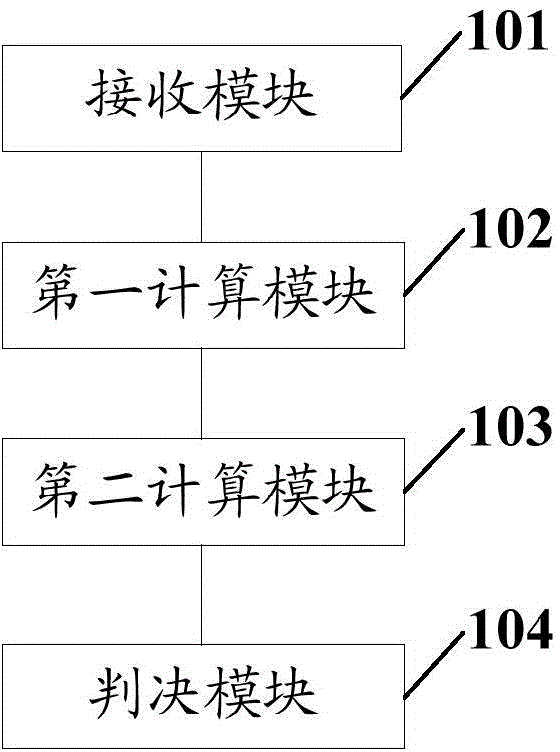Control method of access cell and apparatus thereof, and multi-card multithread terminal
A technology for accessing a cell and a control method, which is applied in the directions of access restriction, electrical components, wireless communication, etc., and can solve problems such as the inability to control the access cell of the LTE module
- Summary
- Abstract
- Description
- Claims
- Application Information
AI Technical Summary
Problems solved by technology
Method used
Image
Examples
Embodiment
[0075] Since multiple LTE modules of a multi-card multi-stream terminal in the prior art are relatively close to each other and have similar arrival quality, if it cannot be controlled, it is likely that multiple LTE modules are connected to the same cell, and multiple LTE modules cannot be fully utilized. The uplink performance of the multi-card multi-stream terminal, for example: the multi-card multi-stream terminal integrated with two LTE modules is almost inferior in the cell of the double-layer network. Although the uplink rate can be improved through the uplink MU-MIMO pairing, the improvement effect is about 10 %, very limited, far less than the improvement effect of two LTE modules connected to different cells. To solve this problem, as figure 1 As shown, the embodiment of the present invention provides a control method for accessing a cell, which is applied to a multi-card multi-stream terminal, including:
[0076] Step 10: Receive the network quality parameters of e...
example 1
[0105] When the multi-card multi-stream terminal includes two LTE modules,
[0106] If only one frequency point is measured, that is, only the currently accessed serving cell is detected, this judgment is skipped and the current access mode is not changed;
[0107] If two or more frequency points are detected, that is, not only the serving cell but also one or more neighboring cells are detected, the RSRP of the serving cell is RSRP1, and the maximum RSRP of the neighboring cells is RSRP2.
[0108] When both LTE modules are connected to the serving cell, the estimated total throughput value Tph=T(RSRP1)*(1+G(RSRP1));
[0109] When two LTE modules access the serving cell and the neighboring cell respectively, the expected total throughput value Tph=T(RSRP1)+T(RSRP2);
[0110] Among them, T(RSRP1) represents the throughput of accessing the serving cell, G(RSRP1) represents the throughput gain of accessing the serving cell, and T(RSRP2) represents the throughput of accessing the...
example 2
[0112] When the multi-card multi-stream terminal includes three LTE modules,
[0113] If only one frequency point is measured, that is, only the currently accessed serving cell is detected, this judgment is skipped and the current access method is not changed;
[0114] If two frequency points are measured, when two LTE modules access the serving cell, Tph=T(RSRP1)*(1+G(RSRP))+T(RSRP2), when two LTE modules access the adjacent cell , Tph=T(RSRP1)+T(RSRP2)*(1+G(RSRP2)); comparing the two Tph values obtained by the above calculation, selecting the access cell combination corresponding to the maximum value as a decision strategy;
[0115] If three or more frequency points are measured, set the value of the adjacent cell that is less than RSRP2 to RSRP3. In this case, in addition to calculating the above two access cell combinations, it is also necessary to calculate the time when the three LTE cells access different cells. The expected total throughput value of Tph=T(RSRP1)+T(R...
PUM
 Login to View More
Login to View More Abstract
Description
Claims
Application Information
 Login to View More
Login to View More - R&D
- Intellectual Property
- Life Sciences
- Materials
- Tech Scout
- Unparalleled Data Quality
- Higher Quality Content
- 60% Fewer Hallucinations
Browse by: Latest US Patents, China's latest patents, Technical Efficacy Thesaurus, Application Domain, Technology Topic, Popular Technical Reports.
© 2025 PatSnap. All rights reserved.Legal|Privacy policy|Modern Slavery Act Transparency Statement|Sitemap|About US| Contact US: help@patsnap.com



